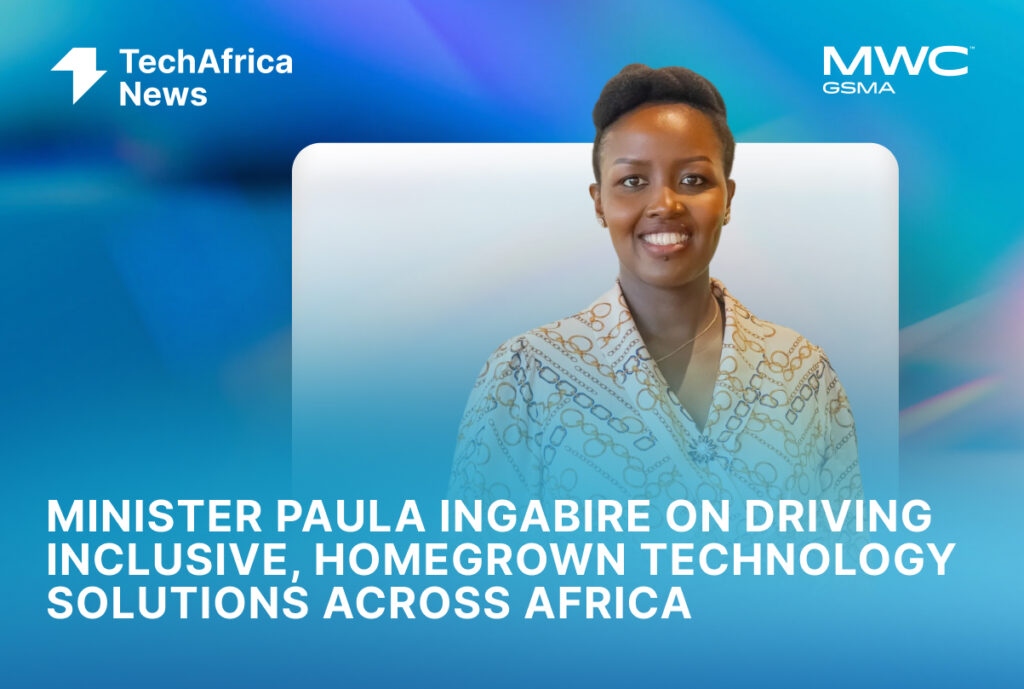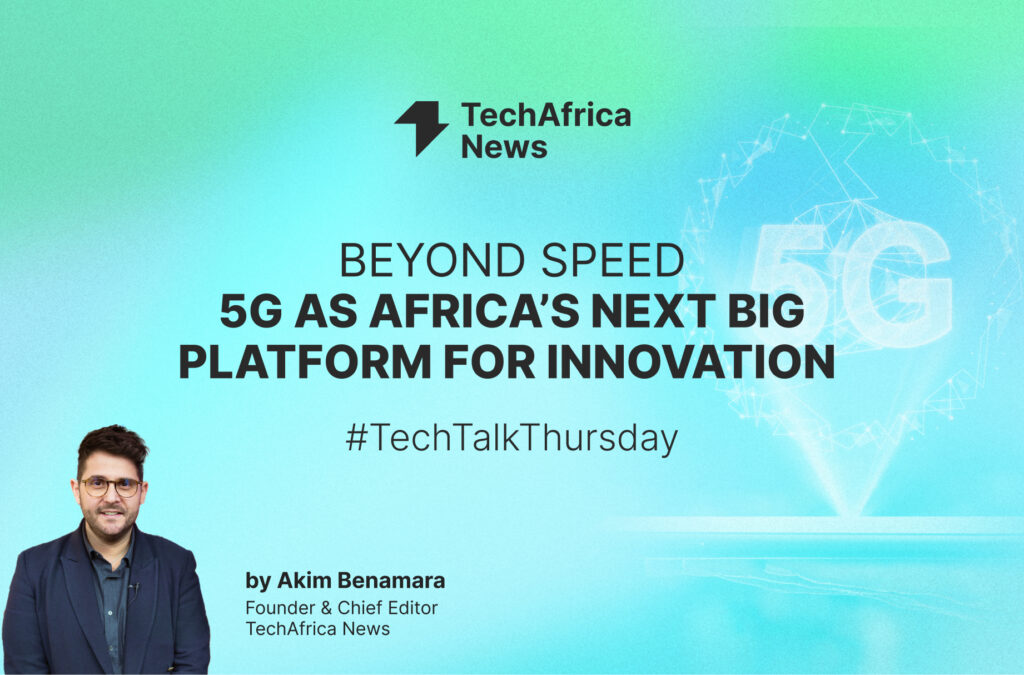Direct-To-Home Satellite in Africa: Still Relevant in the Age of Streaming?
In the age of mobile-first consumption and the rapid rise of on-demand streaming, Direct-To-Home (DTH) satellite television might appear, at first glance, to belong to an earlier chapter of Africa’s digital evolution. After all, smartphones have become ubiquitous, data packages more competitive, and over-the-top (OTT) platforms increasingly embedded in urban viewing habits.
Yet DTH remains very much in play. In regions where fibre deployment is limited and mobile data is still costly or unreliable, satellite television continues to provide consistent, broad-reaching access to content. It operates above the bottlenecks that plague terrestrial networks and often delivers a level of coverage that mobile operators cannot economically match in rural or underserved areas.
This context raises an important question. In an ecosystem shaped by broadband ambitions and shifting viewer expectations, does DTH still hold a meaningful place in Africa’s media future? Or is it being steadily eclipsed by more flexible, internet-driven models? This #TechTalkThursday article explores that.
The Staying Power of DTH in Africa
Despite growing mobile broadband and fibre access, DTH satellite TV remains vital in Africa—especially where terrestrial networks fall short. Its strength lies in wide reach, consistent quality, and reliable service in rural and semi-urban areas. Unlike terrestrial signals, DTH delivers stable digital broadcasts unaffected by distance or terrain, making it ideal for remote regions. Its broad footprint also enables cost-effective coverage across large, sparsely populated areas.
In Tanzania and Ethiopia, for example, over half of TV‑equipped homes rely on satellite—56 percent in Tanzania and a remarkable 86 percent in Ethiopia, according to Eutelsat data . In Nigeria alone, satellite penetration is significant: about 10 million TV homes—or roughly 33 percent of all TV households, use satellite as their primary reception source. SES reports its reach in Nigeria grew from just 3 million in 2015 to over 11 million by 2017, of which 3.5 million are directly served via satellite.
Beyond reach, DTH platforms now offer features once considered exclusive to cable and digital platforms. Many include interactive program guides, parental controls, and multi-language audio tracks. Providers have also addressed a traditional disadvantage—the lack of local content—by integrating regional channels through local feeds or partnerships. This localisation enhances audience relevance and expands access to both educational and entertainment programming.
Projects such as the “Access to Satellite TV for 10,000 African Villages” initiative further illustrate DTH’s utility in advancing public access to information. Through solar-powered communal viewing centres, entire communities gain access to educational channels, local news, and global media—without the burden of individual connectivity.
In short, DTH has not been sidelined by newer platforms; it has adapted to stay relevant. Far from obsolete, DTH retains its role as a reliable, scalable solution in Africa’s fast-changing media landscape.
Technology Updates and Innovation in DTH
Direct-to-Home satellite is not standing still. As digital viewing habits evolve and cost-efficiency becomes paramount, DTH is quietly transforming behind the scenes. From compression upgrades to hybrid distribution models and cloud-based broadcasting, the platform is undergoing a reconfiguration—one that aligns more closely with the future of content delivery in Africa.
One of the most significant shifts is the adoption of DVB-S2X, an enhanced transmission standard that increases spectral efficiency and lowers the cost of bandwidth. Broadcasters using this format can deliver more channels, including HD and Ultra-HD, within the same transponder capacity. For markets in Africa where affordability and scale matter, this technological edge reduces overhead while improving viewer experience.
But the transformation doesn’t stop at compression. Emerging standards like DVB-NIP (Native IP) are helping broadcasters push content directly in IP format over satellite, bypassing the need for traditional broadcast decoders. This opens up new possibilities for integrating satellite delivery with cloud services, mobile networks, and direct-to-device access. A notable example is SKYflow , a DVB-NIP-enabled platform developed by ecosystem partners including ST Engineering iDirect, EasyBroadcast, EKT, EZDRM, Enensys, and KenCast, which delivers native IP multicast content across satellite networks to remote communities. Designed with education and public service broadcasting in mind, SKYflow can deliver cached content and updates via cost-efficient satellite IP, making it ideal for African markets with limited terrestrial coverage.
“A great example of SKYflow’s impact is a use case we’ve deployed in Peru. There, SKYflow delivers critical content to schools and households without broadband connectivity, streaming directly to devices like smart TVs, smartphones, or tablets. The same principles apply across Africa, particularly for rural schools and communities that lack reliable internet. While SKYflow mainly pushes content to devices, it can also enable two-way communication when paired with VSAT systems. It’s an innovative and efficient solution that leverages standards like DVB-NIP to bridge connectivity gaps and drive meaningful change.”
– Emma Park, Senior Vice President of Growth and Strategy, ST Engineering iDirect.
Hybrid delivery models are also gaining ground. Instead of choosing between terrestrial or satellite delivery, broadcasters are adopting both. Terrestrial transmission (DTT) is cost-effective in high-density urban areas, while satellite extends reach into sparsely populated regions where terrestrial rollout remains economically impractical. This hybrid model enables operators to meet regulatory coverage obligations, optimise infrastructure spending, and accelerate the transition from analogue broadcasting—all while building a foundation for future premium offerings.
Large players are also pushing innovation. MultiChoice, for example, is deploying adaptive streaming and AI-powered compression across its Showmax platform. The goal is to deliver OTT content with minimal buffering, even over slower African broadband connections, without compromising quality. At the same time, the company maintains its DTH presence through DStv, offering a parallel pathway for content distribution. In this sense, the line between broadcast and broadband is no longer fixed—it is a matter of context, cost, and coverage.
In 2025, Intelsat and ViewMedia renewed their partnership to expand free-to-air DTH offerings across Sub-Saharan Africa, particularly in underserved markets. With a growing emphasis on channel variety and localised content, these collaborations are designed to support advertising-led models while expanding household reach.
Further up the innovation curve, satellite players like Eutelsat are already testing DVB-NIP and 5G Non-Terrestrial Network (NTN) applications. The former blends satellite and IP-based delivery in a unified, cloud-managed system. The latter, demonstrated with MediaTek and Airbus, enables smartphones to access broadband directly from satellites—signalling a future where DTH, OTT, and mobile delivery might operate through a single interface.
Speaking at MWC 2025, Jerry Collins, Director of Networks Product Management at Intelsat, described Africa not as a passive recipient of satellite innovation, but as one of its origin points. In particular, Intelsat is also betting on Africa to lead in the adoption of 5G Non-Terrestrial Network (NTN) solutions.
Taken together, these shifts reflect a larger trend. DTH is no longer a fixed offering. It is becoming modular, interoperable, and increasingly intelligent. Whether through cloud architecture, hybrid set-top solutions, or spectrum-conscious deployments, Africa’s satellite TV ecosystem is adapting to remain not just relevant, but central to the future of digital content distribution across the continent.
As Streaming Rises, Where Does That Leave DTH in Africa?
Direct-to-Home satellite in Africa is not without its challenges. Operators face rising costs, from transponder leases to licensing fees—while also contending with piracy, signal redistribution, and growing pressure from regulators to reallocate spectrum toward mobile broadband. Yet perhaps the most formidable shift is the rapid rise of streaming: viewers are increasingly opting for on-demand, data-driven platforms that offer greater control and flexibility.
This shift in audience behaviour has forced DTH to adapt rather than retreat. Across the continent, we are witnessing a gradual evolution toward hybrid models that blend the strengths of traditional satellite with the agility of streaming. New-generation DTH platforms are integrating OTT services into their set-top boxes, offering viewers seamless access to both broadcast channels and streaming apps. In markets where broadband is available but inconsistent, this hybrid model ensures that content delivery remains stable and accessible—particularly when streaming alone may falter.
At the same time, satellite’s value proposition in Africa remains clear. It provides unmatched reach in rural and underserved areas, where fibre has yet to arrive and mobile data remains costly. Free-to-air DTH offerings are expanding, while governments are exploring satellite’s role in public broadcasting, distance learning, and disaster communication.
Africa is also emerging as a testbed for next-generation satellite innovation. In this context, DTH is not being eclipsed by streaming. It continues to serve as one of the most stable links between content and communities that remain outside the reach of fibre or affordable mobile data. It is becoming part of a larger, more resilient ecosystem—one that balances infrastructure constraints with growing demand for content access. The future of African broadcasting will not be either satellite or streaming. It will be both.

The Orbiting Innovations series is powered by SES Satellites and ST Engineering iDirect —two global leaders at the forefront of satellite connectivity and innovation. Both organizations have played a vital role in expanding high-performance, scalable, and resilient satellite networks across Africa and beyond.






